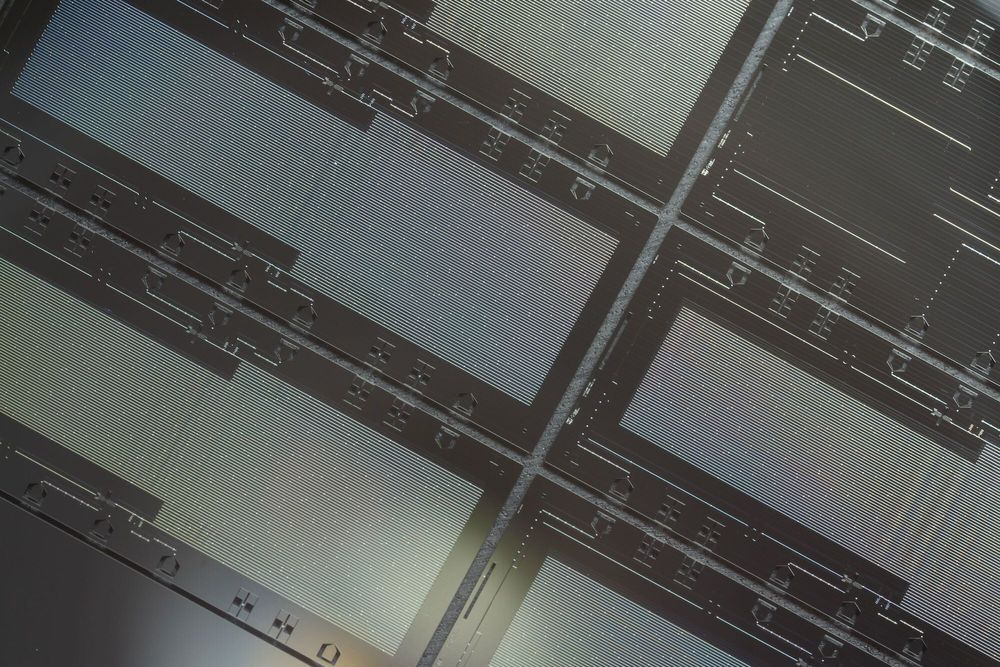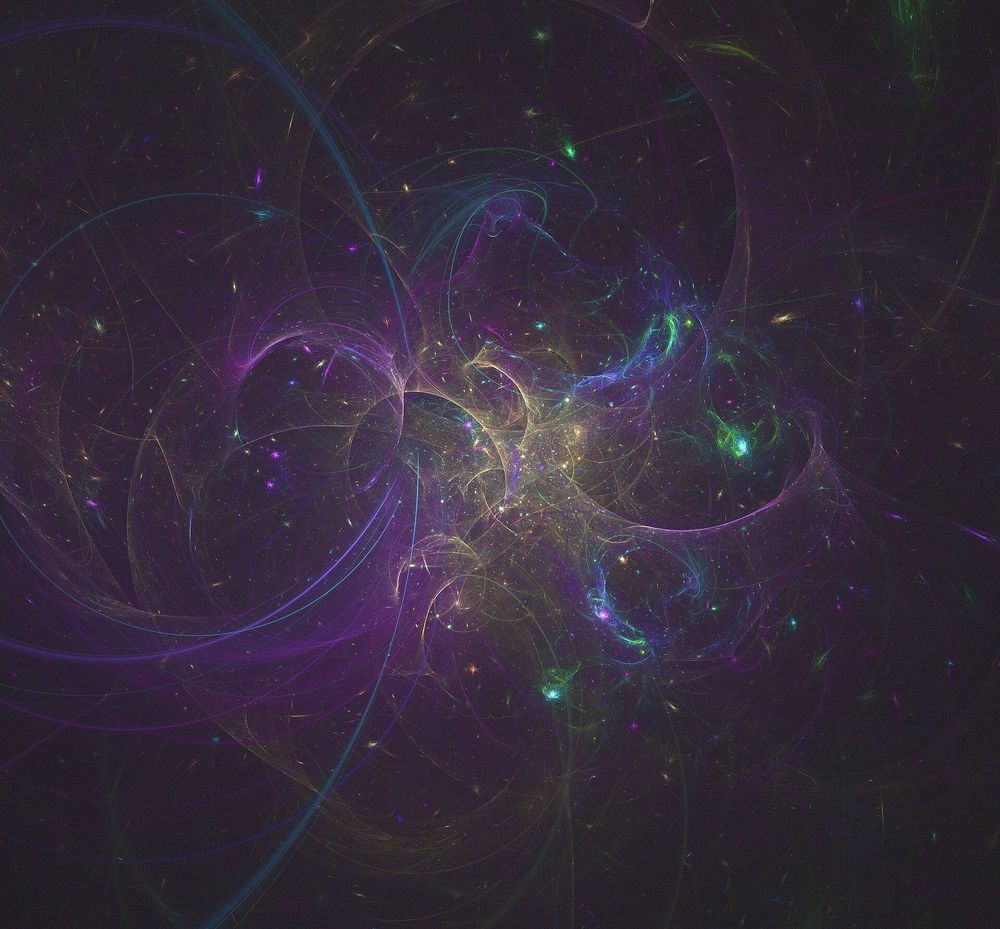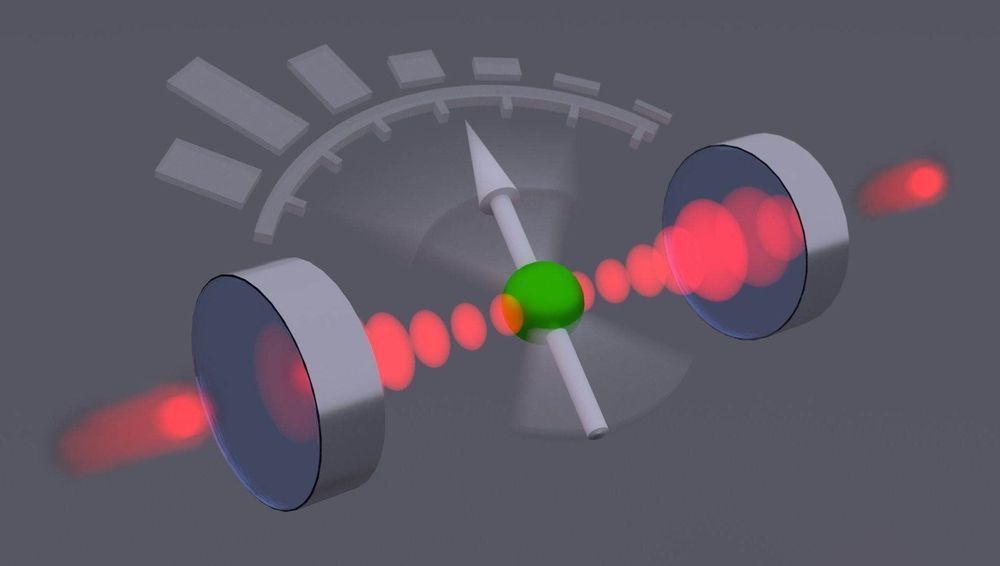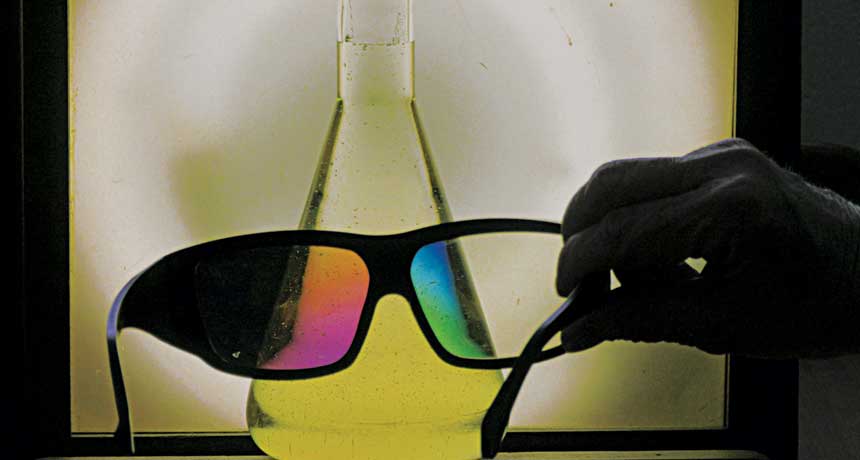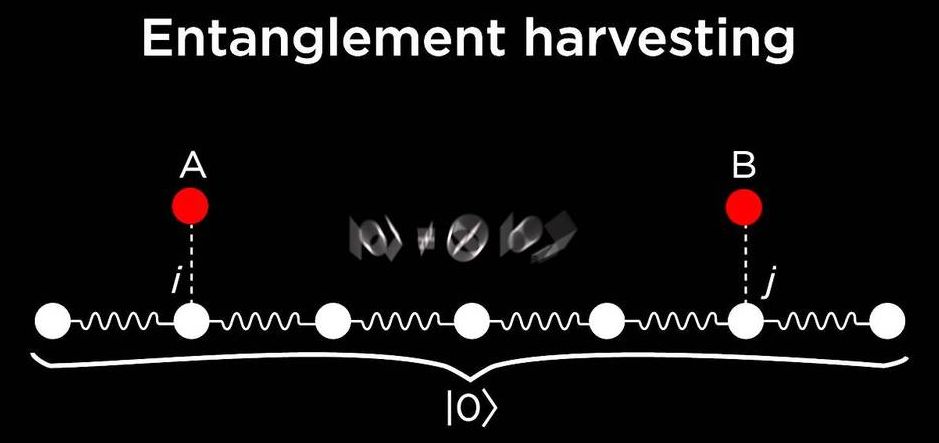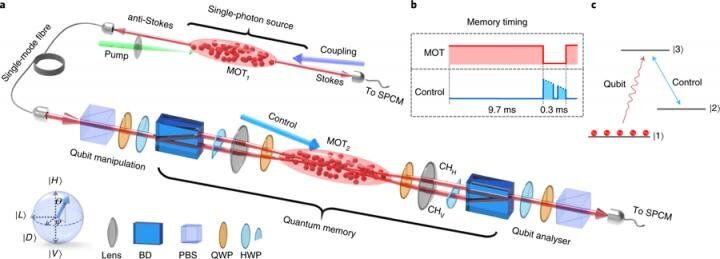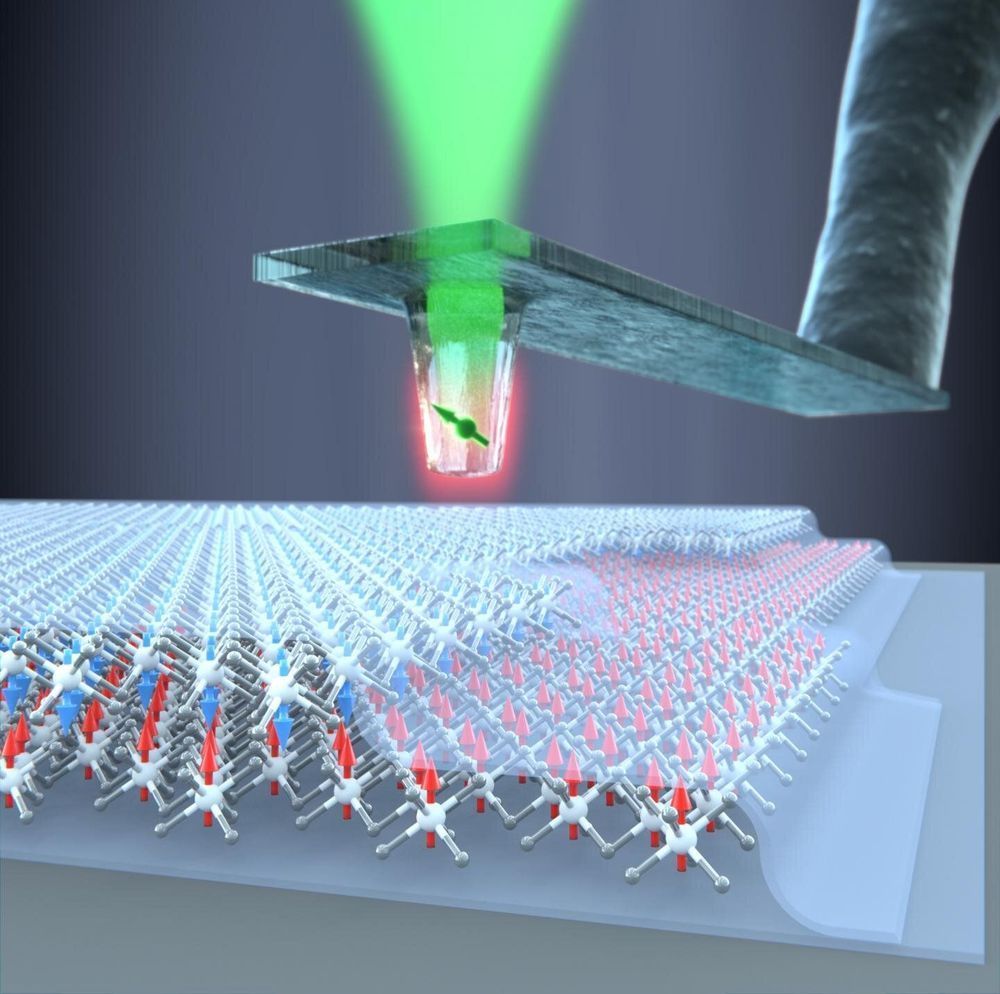The efficient generation of entanglement between remote quantum nodes is a crucial step in securing quantum communications. In past research, entanglement has often been achieved using a number of different probabilistic schemes.
Recently, some studies have also offered demonstrations of deterministic remote entanglement using approaches based on superconducting qubits. Nonetheless, the deterministic violation of Bell’s inequality (a strong measure of quantum correlation) in a superconducting quantum communication architecture has so far never been demonstrated.
A team of researchers based at the University of Chicago has recently demonstrated a violation of Bell’s inequality using remotely connected superconducting qubits. Their paper, published in Nature Physics, introduces a simple and yet robust architecture for achieving this benchmark result in a superconducting system.
